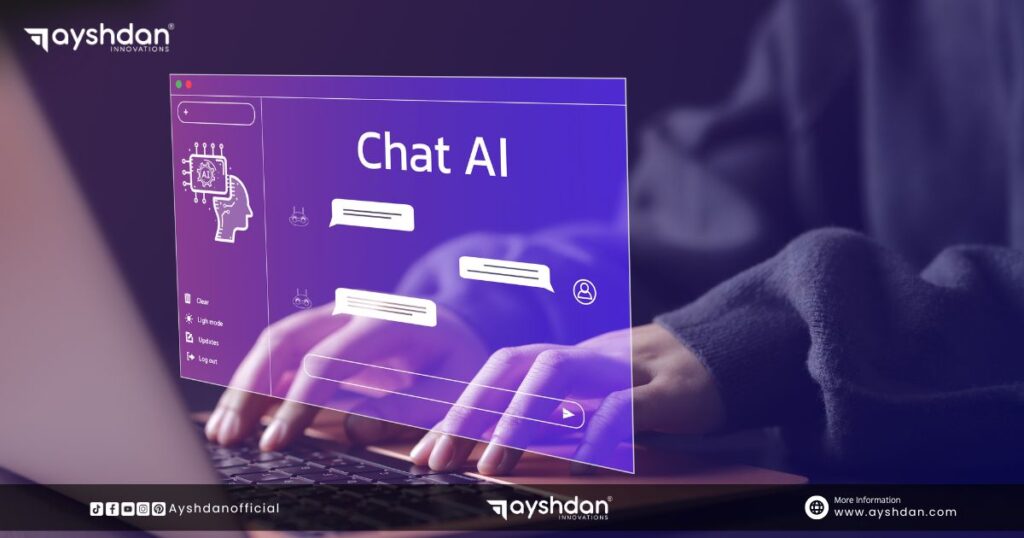Introduction
Technology is evolving at lightning speed, but few innovations have been as groundbreaking as Artificial Intelligence (AI). Once confined to the imagination of sci-fi writers, AI is now a real force powering industries, enhancing daily life, and revolutionizing the global economy.
AI is not just about robots—it’s about smart machines that learn, adapt, and solve problems like humans. Whether it’s personalized shopping recommendations, healthcare diagnostics, fraud detection, or language translation—AI is everywhere.
In this article, we’ll dive deep into what AI is, how it works, real-world applications, current trends, and why it’s the most important technology of the 21st century.
AI isn’t coming—it’s already here, transforming how we live, work, and think.”
From voice assistants to self-driving cars, Artificial Intelligence (AI) is no longer science fiction. It’s a powerful reality shaping the modern world.
What is Artificial Intelligence (AI)?
Artificial Intelligence refers to the simulation of human intelligence by machines. It enables computers and systems to perform tasks that typically require human thinking—like decision-making, problem-solving, learning, and understanding language.
Types of AI:
- Narrow AI: Performs specific tasks (e.g., voice assistants like Siri, Google Assistant).
- General AI: Can perform any intellectual task a human can do (still under development).
- Super AI: Hypothetical AI that surpasses human intelligence (a topic of debate and research).
How Does AI Work?
AI systems are powered by a combination of data, algorithms, and computing power. Here’s a simple breakdown:
- Data: AI learns from vast amounts of data (text, images, video, audio).
- Algorithms: These are instructions that help the machine identify patterns, predict outcomes, and improve with experience.
- Machine Learning (ML): A subset of AI where machines improve their performance over time without being explicitly programmed.
- Neural Networks & Deep Learning: Mimic the human brain to handle complex tasks like speech and image recognition.
Applications of AI in Daily Life

AI is quietly working behind the scenes in many areas of your daily life:
1. Smart Assistants
Google Assistant, Siri, and Alexa use AI to answer questions, set reminders, play music, and control smart devices.
2. Healthcare
AI helps doctors diagnose diseases, predict patient outcomes, and develop personalized treatments.
3. Finance
Banks use AI for fraud detection, credit scoring, and algorithmic trading.
4. E-commerce
AI powers recommendation engines (e.g., “You may also like…”), chatbots, and dynamic pricing models.
5. Transportation
Self-driving cars, traffic prediction, and ride-sharing apps rely heavily on AI.
6. Education
AI-driven platforms offer personalized learning experiences, automate grading, and track student progress.
Benefits of AI
- Efficiency: Automates repetitive tasks and increases productivity.
- Accuracy: Reduces human error, especially in critical sectors like healthcare.
- Cost Savings: Cuts labor costs and optimizes resource usage.
- 24/7 Availability: AI systems don’t need breaks and can operate around the clock.
- Personalization: Offers tailored experiences in shopping, entertainment, and education.
Challenges and Concerns
While AI is powerful, it also raises important challenges:
- Job Displacement: Automation may replace certain human roles.
- Bias in AI: If trained on biased data, AI can produce unfair results.
- Privacy Issues: AI systems often require large amounts of personal data.
- Security Risks: AI can be misused in cyberattacks or surveillance.
- Ethical Dilemmas: Who is responsible when AI makes a wrong decision?
AI Trends in 2025 and Beyond
The future of AI is brighter—and more complex—than ever. Here are key trends to watch:
1. Generative AI
Tools like ChatGPT and DALL·E can generate human-like text, images, and music—opening new possibilities for creativity and automation.
2. AI in Cybersecurity
As cyber threats grow, AI is being used to detect and respond to attacks in real-time.
3. Explainable AI
There’s a growing push for AI systems to be more transparent and understandable to humans.
4. AI in Robotics
Robots are becoming smarter with AI—used in logistics, healthcare, and even homes.
5. AI Regulation
Governments and tech companies are working to ensure AI development is ethical, safe, and fair.
Future Career Opportunities in AI
AI is creating massive demand for new jobs. Some in-demand roles include:
- AI/Machine Learning Engineer
- Data Scientist
- AI Researcher
- Robotics Engineer
- AI Ethics Consultant
- Natural Language Processing (NLP) Specialist
Learning AI skills can open doors to high-paying, future-proof careers.
Conclusion: Embrace the AI Revolution
Artificial Intelligence is not just a buzzword—it’s a revolutionary force changing how we work, live, and think. While it brings some challenges, the benefits far outweigh the risks when handled responsibly.
AI isn’t here to take away your future—it’s here to transform it.
Whether you’re a student, professional, or business owner, now is the time to understand, learn, and adapt to the power of AI.
Frequently Asked Questions
Is AI going to take over human jobs?
AI will automate some jobs, especially repetitive ones. However, it will also create new jobs that require human creativity, emotional intelligence, and strategic thinking.
Can AI become smarter than humans?
That’s the goal of superintelligent AI, but it’s still theoretical. Current AI excels in narrow tasks but lacks general reasoning and consciousness.
Is AI safe?
AI is generally safe when developed and used ethically. However, poorly designed or unregulated AI systems can lead to problems like bias, discrimination, or misuse.
Do I need a coding background to work in AI?
Coding helps (especially Python), but many tools now allow non-coders to build simple AI models. Roles like data annotation, AI ethics, and project management don’t require deep coding skills.
How can I start learning AI?
Start with free online courses on platforms like Coursera, edX, and YouTube. Focus on Python, machine learning, and basic math. Practical projects help you learn faster.














